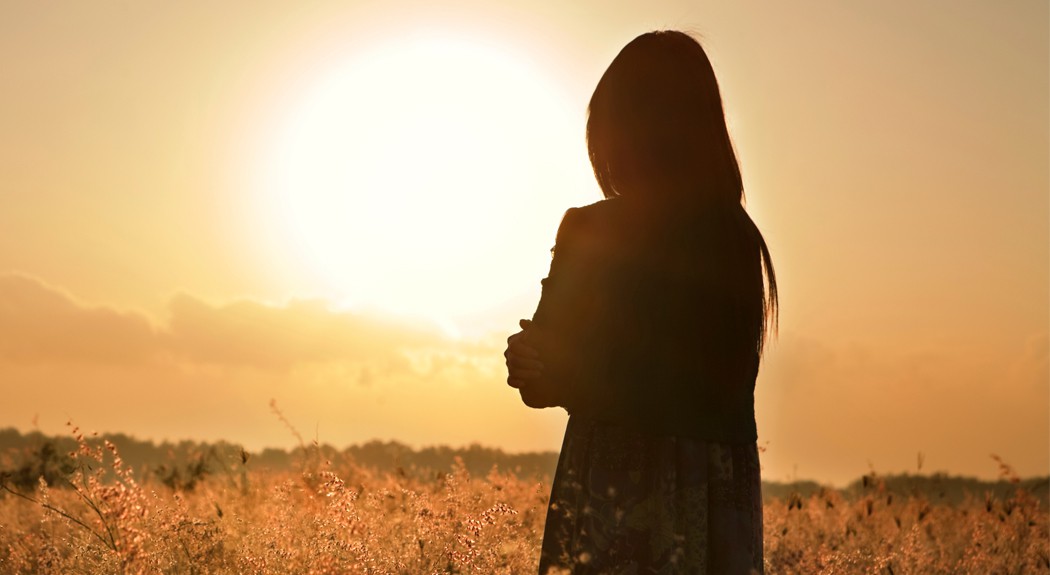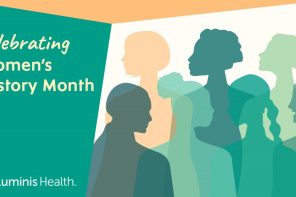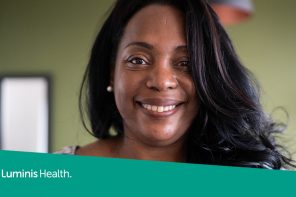In 2017, many of us anxiously followed headlines and reports on social media for news of missing Howard County teacher Laura Wallen, only to be saddened at the news of her death. While the public waited and hoped for Laura Wallen’s safe return home, Prince George’s County resident Andrea Grinage was attacked in her apartment and set on fire.
What did these women have in common? They were both pregnant and victims of intimate partner violence — or domestic violence.
Although these and similar stories frequently report the fact that the suspect is a current or former partner, there is all too often no mention of domestic violence. This very subtle omission is an indication of continued misconceptions about what domestic violence is and who is most at risk.
The fact is, over half of all female homicides are in relation to domestic violence. Equally disturbing, as many as 300,000 pregnant women experience some form of domestic violence each year. Undoubtedly, the most dangerous time for women in abusive relationships is when they are attempting to leave an abusive partner and during or just after pregnancy. As in the case of Andrea Grinage and Laura Wallen, these frightening facts hold true.
READ MORE: When words hurt: Another kind of domestic violence
The media’s omission of domestic violence, to not call it out by name, illustrates the stigma and misconceptions that still surround this issue. Chances are, if you are a woman and have not experienced domestic violence yourself, you know someone (a sister, a mother, a co-worker, a neighbor) who has and you have seen the signs.
Domestic violence is a pattern of coercive behavior used by one person to gain power and control over another, usually a current or former intimate partner. Abuse can include physical abuse, verbal abuse and threats, sexual abuse, emotional abuse, isolation, stalking, coercive or controlling behavior and financial abuse.
This type of violence does not discriminate. It touches women in all walks of life. It transcends race and socioeconomic status.
Support of family and friends can often be vital to those impacted by domestic violence by diminishing the effects of isolation and feelings of hopelessness. Advocates trained in the dynamics of domestic violence can assist victims by screening and assessing risk, documenting injuries, creating safety plans, providing immediate crisis intervention, and referrals to professional counselors, safe shelter, and legal resources.
Unfortunately, the stories of so many women like Laura Wallen and Andrea Grinage reach our headlines when they result in tragedy. And even so, reports too often fail to mention domestic violence. It’s time this public health problem is called by its name, domestic violence.




